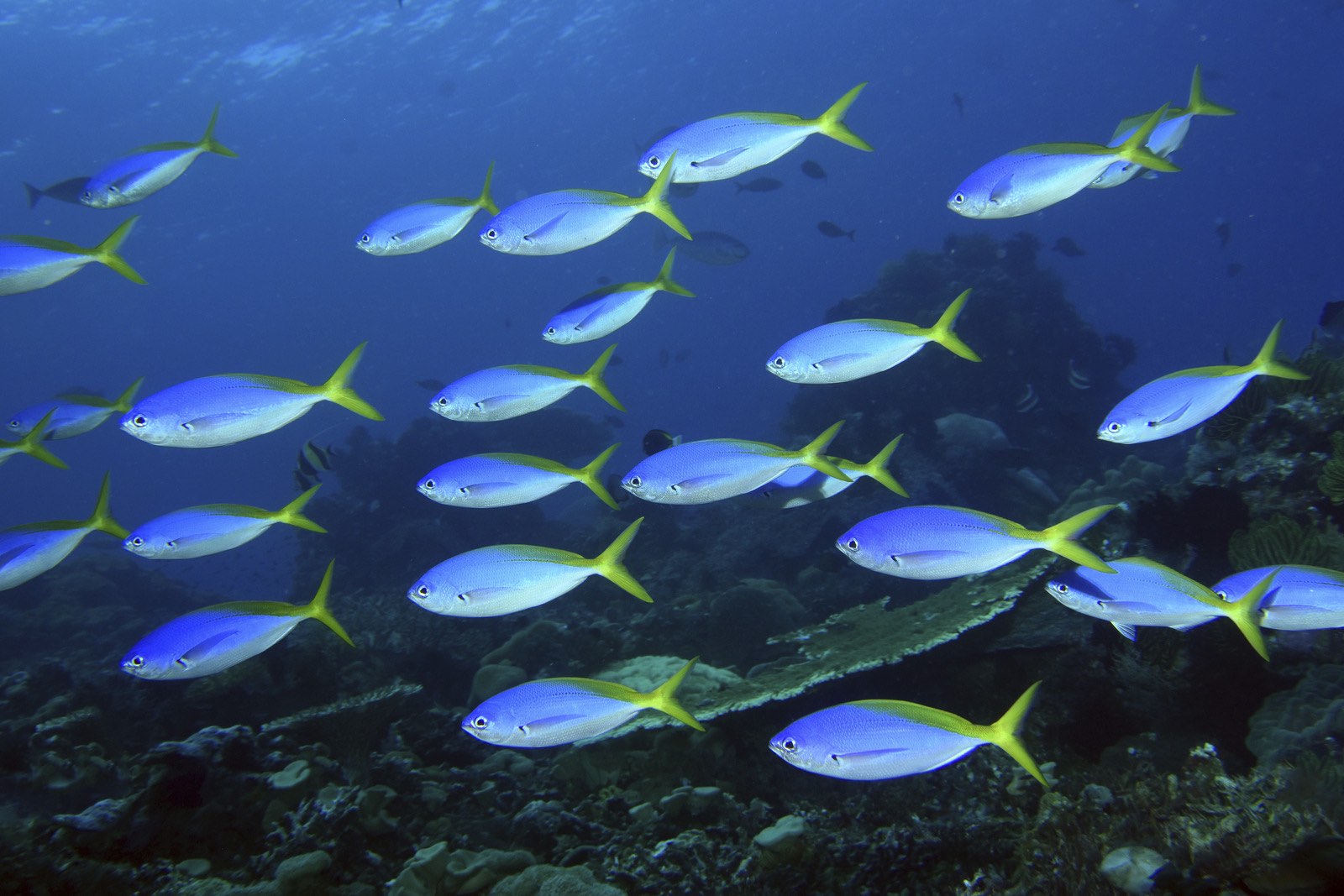- Conservation International’s (CI’s) Rapid Assessment Program (RAP) conducted a week-long survey was conducted in Atauro Island in July.
- During the course of the survey, CI’s team recorded a total of 642 reef fish species around the island.
- In one site, the team identified 315 species, which is the third highest globally, the researchers say.
Ataúro Island, located just 25 kilometers (15.5 miles) north of Dili, Timor-Leste’s capital, may have the highest average fish diversity in the world, a new survey has found.
Of the 10 reef sites surveyed around the island, biologists found an average of 253 reef fish species per site. This surpasses the previous record held by Raja Ampat Island in Indonesia’s West Papua province. The survey was conducted for a week in July by Conservation International’s (CI’s) Rapid Assessment Program (RAP).
During the course of the week-long survey, CI’s team recorded a total of 642 reef fish species around the island. In one site, the team identified 315 species, which is the third highest globally, the researchers say. The researchers suspects that some of the species recorded could be new to science.
“With each study, we discover something new within Timor-Leste’s magnificent biodiversity, making it even more critical to protect marine life here,” Trudiann Dale, Conservation International Timor-Leste’s country director, said in a statement. “The results prove beyond doubt that the reefs of Ataúro Island are extremely diverse and valuable to the people of Timor-Leste.”

The RAP team also assessed the health of coral reefs around Ataúro, and found that while many reefs appeared healthy, some reefs have previously been damaged by blast fishing, and showed “notable absence” of larger reef fish like sharks.
“Some sites have stunning hard coral gardens and breathtaking vistas full of schools of reef fish, while other sites sadly show the scars of legacy blast fishing, as well as past crown-of-thorns starfish outbreaks,” Mark Erdmann of CI told the Guardian.
To protect the island’s reef fish biodiversity, the Ministry of Agriculture and Fisheries of Timor-Leste has imposed a minimum catch size of fish commonly caught for consumption to prevent capture of juvenile fish. The Ministry has also added 19 new species to the country’s Marine Protected Species List, making it illegal to capture these species. These newly-added species include sharks, dugongs, sea turtles, whales and dolphins, oceanic and reef manta rays, spotted eagle rays, nautilus, and giant clams.

